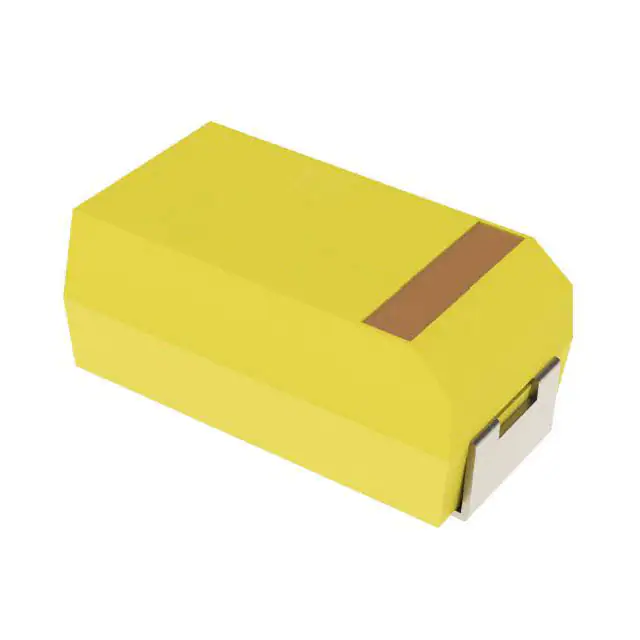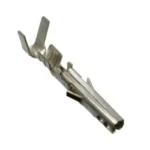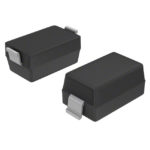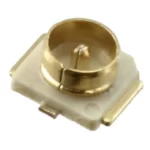The Role of Capacitors in Electronics: A Comprehensive Guide
Capacitors are an essential component of any electronic device, and their importance cannot be overstated. In this comprehensive guide, we will explore the basics of capacitors, their types, applications, selection, safety considerations, troubleshooting, and maintenance. We will also discuss the manufacturing process and future developments in capacitor technology.
Introduction to Capacitors
A capacitor is an electronic component that stores electrical energy in an electric field. It is a passive component, meaning it does not require an external source of power to function. Capacitors are widely used in electronic circuits for a variety of purposes, such as filtering, timing, decoupling, and power supply stabilization.

What is a Capacitor and How Does it Work?
A capacitor consists of two conductive plates separated by a dielectric material. When a voltage is applied across the plates, an electric field is created between them. The plates store energy in this electric field, which is proportional to the capacitance of the capacitor. The capacitance is a measure of the capacitor’s ability to store charge and is measured in farads (F).
When a capacitor is connected to a circuit, it can be used to block DC signals while allowing AC signals to pass through. Capacitors can also be used to store energy temporarily and release it later. This property makes them useful in timing circuits, oscillators, and filters.
Types of Capacitors
There are several types of capacitors, each with its own unique characteristics and applications. The most common types of capacitors are:
Ceramic Capacitors
Ceramic capacitors are the most widely used type of capacitor, and they come in a variety of shapes and sizes. They are made of ceramic material and have a high dielectric constant, making them suitable for high-frequency applications.
Electrolytic Capacitors
Electrolytic capacitors are polarized, meaning they have a positive and negative terminal. They are commonly used in power supply circuits, where they can store large amounts of energy.
Film Capacitors
Film capacitors are made of a thin plastic film coated with a metal layer. They are suitable for high-temperature applications and have excellent stability over time.
Tantalum Capacitors
Tantalum capacitors are similar to electrolytic capacitors, but they are smaller in size and have higher stability and reliability. They are commonly used in portable electronic devices.
Capacitor Applications in Electronics
Capacitors are used in a wide range of electronic applications, such as:
Power Supply Stabilization
Capacitors are used in power supply circuits to stabilize the voltage and reduce noise and ripple.
Decoupling
Capacitors are used to reduce noise and interference in electronic circuits by decoupling the power supply from the rest of the circuit.
Timing and Oscillation
Capacitors are used in timing circuits and oscillators to control the frequency and period of the waveform.
Filtering
Capacitors are used in filter circuits to remove unwanted frequencies from a signal.
Capacitor Selection for Electronic Circuits
When selecting a capacitor for an electronic circuit, several factors must be considered, such as capacitance, voltage rating, temperature range, and tolerance. The capacitance and voltage rating must be sufficient for the application, and the temperature range must be suitable for the operating environment. The tolerance is a measure of the capacitor’s accuracy and should be as low as possible for precise circuit operation.
Capacitor Safety Considerations
Capacitors can store a considerable amount of electrical energy, and if not handled properly, they can be dangerous. When working with capacitors, it is essential to discharge them before handling them to avoid electric shock. It is also important to use the correct voltage rating and capacitance for the application to prevent damage or failure.
Capacitor Troubleshooting and Maintenance
Capacitors can fail due to several reasons, such as overvoltage, overtemperature, or aging. When troubleshooting a circuit, it is crucial to check the capacitors for signs of damage or failure, such as bulging, leaking, or discoloration. Capacitors should also be checked periodically for proper capacitance and voltage rating.
Capacitor Manufacturing Process
The manufacturing process of capacitors varies depending on the type of capacitor. Ceramic capacitors are made by mixing ceramic powder with a binder and then forming the mixture into a shape. The ceramic shape is then coated with a conductive material, and the two ends are attached to form a capacitor. Electrolytic capacitors are made by winding a thin aluminum foil around a central core and then immersing it in an electrolyte solution. Film capacitors are made by coating a thin plastic film with a metal layer and then winding it into a cylindrical shape. Tantalum capacitors are made by coating a tantalum pellet with a conductive material and then attaching it to two leads.
Future Developments in Capacitor Technology
The demand for smaller, more efficient, and reliable capacitors is increasing as electronic devices become more compact and complex. Researchers are exploring new materials and manufacturing techniques to develop capacitors with higher capacitance, lower ESR, and longer lifespan. Graphene, a two-dimensional material with excellent electrical conductivity, is being investigated as a potential capacitor material. 3D printing is also being explored as a new manufacturing technique for capacitors, allowing for the creation of complex shapes and structures.
Conclusion
In conclusion, capacitors are an essential component of any electronic device, and their importance cannot be overstated. They store electrical energy in an electric field and are used in a wide range of electronic applications, such as power supply stabilization, decoupling, timing, and filtering. When selecting a capacitor for an electronic circuit, several factors must be considered, such as capacitance, voltage rating, temperature range, and tolerance. Capacitors can be dangerous if not handled properly, and regular maintenance and troubleshooting are essential for their proper operation. With the ongoing research and development in capacitor technology, we can expect to see smaller, more efficient, and reliable capacitors in the future.


